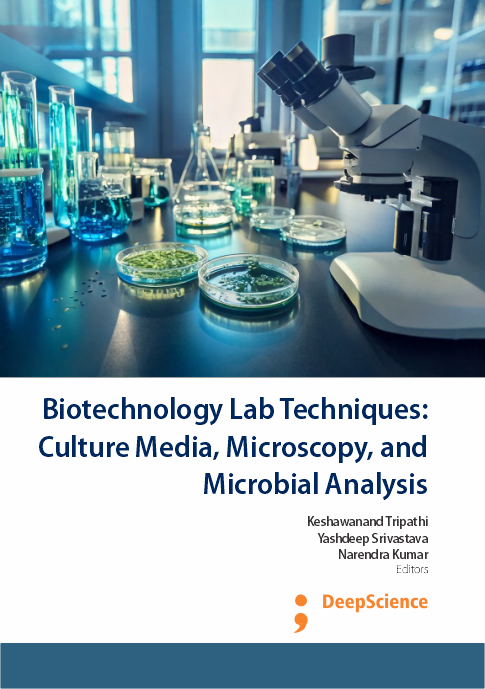SDS-PAGE Analysis of proteins: Principles, methodology, and applications in proteomics
Synopsis
Electrophoresis, driven by an electric field, guides charged molecules' movement, influenced by factors like charge, size, shape, and medium resistance (Hames, and Rickwood, 1990). In protein electrophoresis, molecules exhibit varying charges due to differing pH conditions, except at their isoelectric point (pI), directing migration towards oppositely charged electrodes (Laemmli, 1970; Yadav et al., 2019). Polyacrylamide gel electrophoresis (PAGE), pioneered by Raymond & Weintraub in 1959, utilizes acrylamide gels known for chemical inertness and stability. A clear gel matrix, minimally affected by endosmosis, forms through chemical copolymerization of acrylamide monomers and N-N'-methylene bisacrylamide cross-linker. Gel pore size, determined by acrylamide (%T) and bisacrylamide crosslinker (%C) concentrations, governs protein mobility. In native electrophoresis, proteins maintain structure and activity without SDS, allowing enzymatic assessments post-electrophoresis (Weber and Osborn, 1969; Yadav et al., 2021). SDS-PAGE, a common protein analysis method, unfolds proteins with SDS, facilitating linear migration based on size. SDS disrupts disulfide bonds, while β-mercaptoethanol aids denaturation. SDS-protein complexes migrate towards the anode by charge, separated by size (Srivastava et al., 2022). Gels with optimized Bisacrylamide to Acrylamide ratios effectively resolve polypeptides, with stacking gels concentrating proteins for enhanced resolution. Isotachophoresis, exploiting pH and ionic strength differences, concentrates proteins in the stacking gel, ensuring precise separation. Electrophoresis buffers maintain pH and provide ions for optimal migration (Laemmli, 2019; Yadav et al., 2016).














